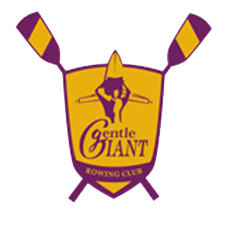How to track your athlete’s progress
Coaches strive to develop their athletes to be better in every aspect of their chosen sport. The difficulty is tracking exactly how an athlete has improved so their training can be balanced, sustained and adjusted.
Test measurements are one way to appraise progress but daily self-measurement by the athlete can also be helpful for a coach. The results also help with the coaching of other athletes because they can be used for future reference or to modify training regimes overall.
We want to help you make the most of your coaching and development with your athletes. Tracking statistics and activities helps them see progress and urges them to push themselves further. We explored a few templates to track the training and life of the athletes you coach. It is important to test their physical limits in a variety of ways, however we found that several trainers measure the psychological factors that can affect their athletes, such as sleep.
With the above chart we found from the Training for Rowing blog your athletes to measure daily updates on their perception of personal mental and physical well being. The blog is full of helpful hints on training exercises and what responses require what kind of action. This chart in particular can be used to improve a coach’s understanding of how their athlete is responding to their training. It shows when they are getting used to a particular workout with less muscle and joint pain or that training is too tough when pain is high.
Harry Mahon, the legendary NZ coach, also had a daily diary for athletes which you can download from the Rowperfect blog.
This chart on the other hand is more of a physical development chart. It measures test timings and speeds which directly correlate to an athlete’s performance in rowing. Tracking these statistics shows progression. Recording these times also provides a record system for which an athlete can be encouraged to beat.
The simple action of recording and responding to changes in statistics motivates an athlete to keep on competing and improving. The first chart in particular can help coaches train athletes to synchronise their rowing life with their everyday life and encourage healthy sleeping patterns encourage training.
Recording training progress varies because training regimes vary. Look at the training you do with your athlete as well as the charts above and record how quickly they accomplish each task on a session by session basis. This is a more standard approach to tracking training progress and is a good way to detect under or overtraining so you can adjust training sessions accordingly. For example, if your athlete does 100 lunges each session, measure how long it takes to do 100 lunges per session. The chart for this is exactly the same as the first except with “time per 100 lunges” and such within the far left column.
Combining these charts not only helps with detecting under or over training, but over time will allow you as a coach to detect training differences in athletes far sooner. The effectiveness of your athletes doing a year of training with you could improve greatly. So if you’re not already tracking the training of your athletes, get to it!




















